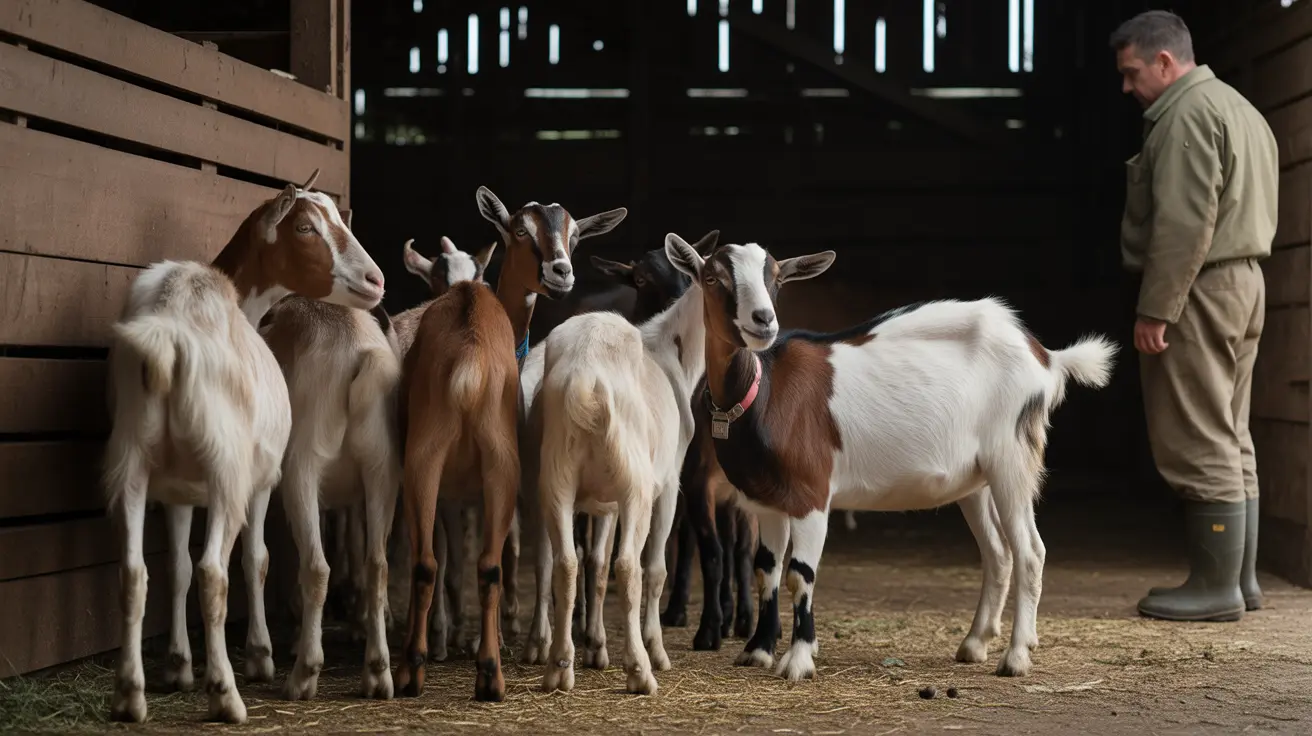Can Cats Eat Bananas? A Pet Owner’s Guide
Cats are curious creatures, both in temperament and behavior. As pet owners, it’s natural to wonder whether certain human foods are safe for our feline companions. One common question is whether bananas are safe for cats. While bananas are not toxic to cats, there are some important guidelines and nutritional considerations to keep in mind.
Are Bananas Toxic to Cats?
The good news is that bananas are not toxic to cats. This tropical fruit can be consumed by cats in small quantities without causing harm. However, just because they can eat it doesn’t mean they should do so on a regular basis.
Nutritional Value of Bananas
Bananas are rich in various nutrients that benefit the human diet, such as:
- Potassium – helps in muscle function and kidney health.
- Vitamin B6 – supports brain development and function.
- Vitamin C – acts as an antioxidant.
- Fiber – aids in digestion.
However, the feline digestive system is significantly different from ours. Cats are obligate carnivores, meaning their bodies are designed to obtain nutrients primarily from meat. They don’t require fruits or vegetables in their diet to stay healthy.
Are Bananas Beneficial for Cats?
While bananas do contain beneficial nutrients, those nutrients are not necessarily vital for cats. In fact, most commercial cat foods are formulated to include everything a cat needs for proper health. Adding fruit to a cat’s diet doesn’t offer significant benefits and may even disrupt their digestion if given excessively.
Risks of Feeding Bananas to Cats
Here are some drawbacks of feeding bananas to your cat:
- High Sugar Content: Bananas are relatively high in sugar, which cats do not process well. Too much sugar can lead to weight gain, diabetes, or upset stomach.
- Digestive Upset: Introducing new foods, especially carbohydrate-rich ones, may cause vomiting or diarrhea in sensitive cats.
- Choking Hazard: Though soft, banana pieces could still pose a choking risk if not appropriately sliced.
- Caloric Overload: Treats, including fruits, should make up no more than 10% of a cat’s daily calorie intake.
How to Safely Feed Bananas to Cats
If you decide to share a banana with your kitty, follow these best practices:
- Small Quantities: Offer only a tiny amount—no more than a teaspoon once in a while.
- Peel It First: The banana peel is not toxic but is difficult to digest. Always remove it.
- Mash or Slice: Serve the banana in small, manageable pieces to prevent choking.
- Observe Your Cat: Watch for any adverse reactions like changes in appetite, vomiting, or diarrhea.
In rare cases, your cat may have an allergic reaction to new foods. While uncommon with bananas, be vigilant during the first few tries.
Alternatives to Bananas
If you’re looking for healthy treats, many commercial treats are tailor-made for feline dietary needs. However, a few other fruit options that may be safe in moderation include:
- Blueberries
- Watermelon (seedless)
- Strawberries
- Cantaloupe
Still, always consult your veterinarian before making any dietary changes.
Conclusion
In conclusion, bananas are safe for your cat to eat in very small amounts. They should serve as an occasional treat rather than a regular part of the diet. Always approach new foods with caution, prioritize their carnivorous needs, and consult your vet if you’re unsure. Keeping your cat’s health at the forefront ensures a happy, healthy life for your furry companion.





